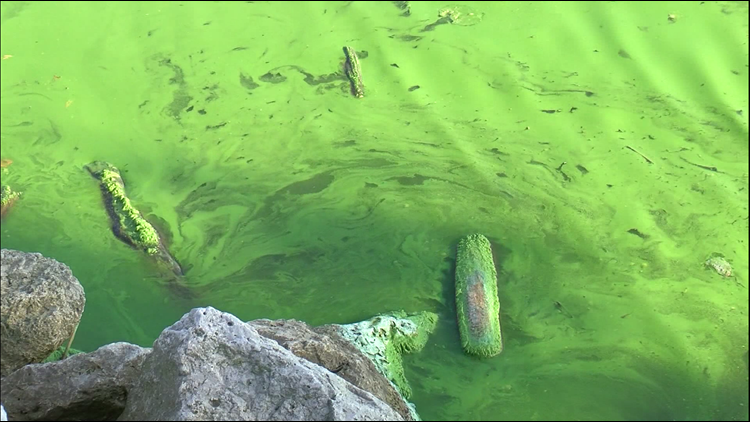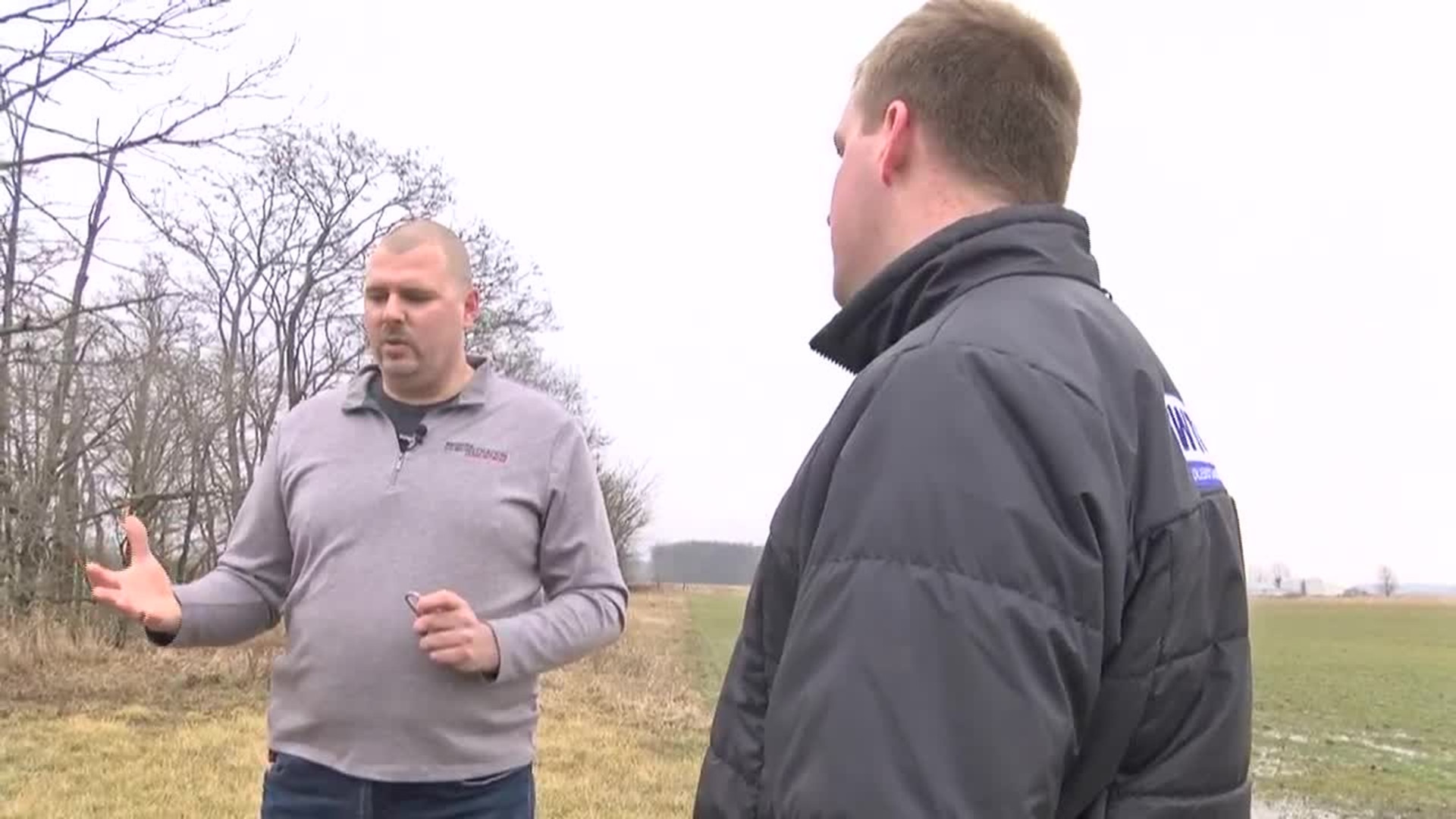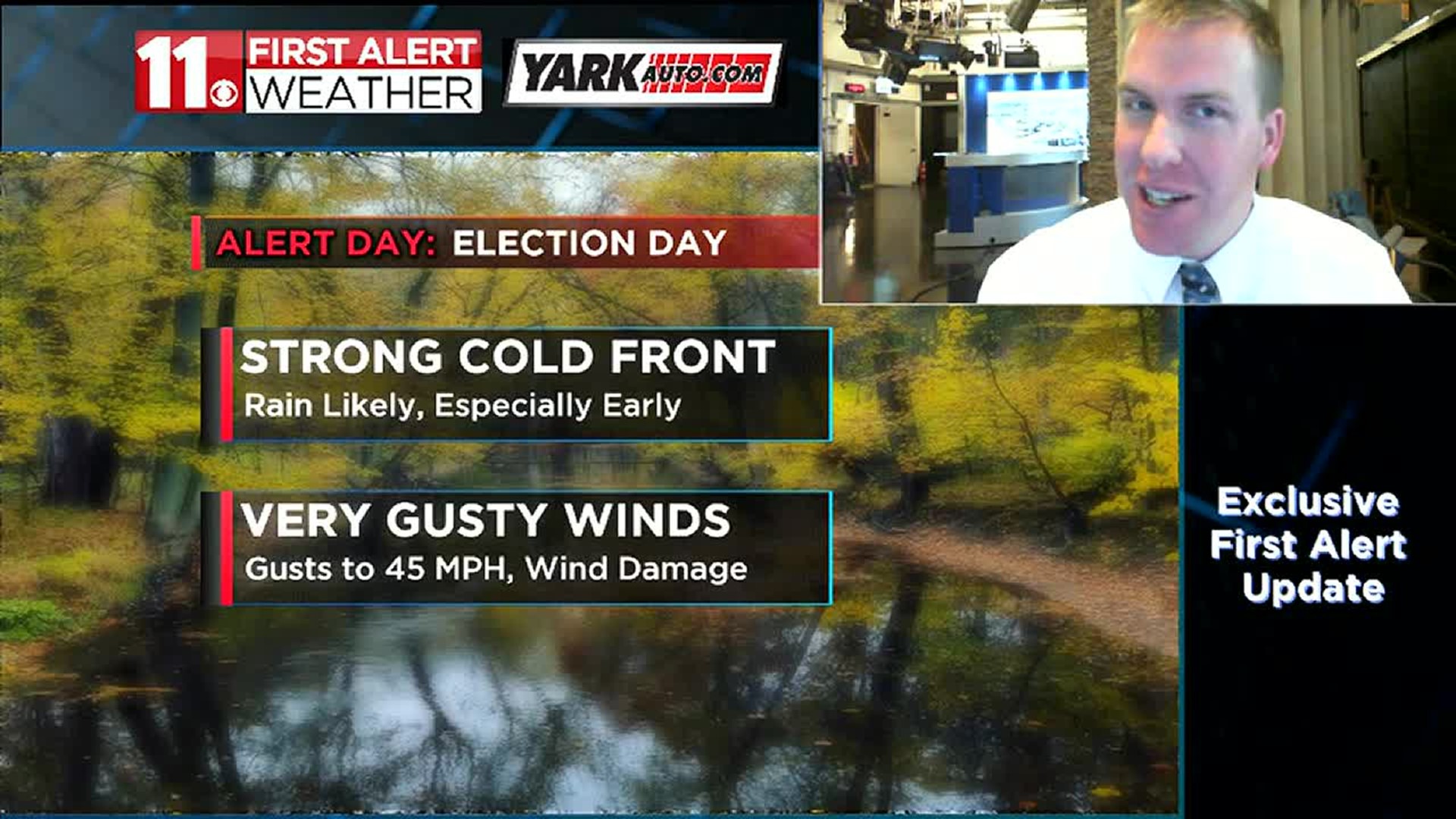TOLEDO (WTOL) -
You’ve done it several times today and probably didn’t even give it a second thought. A simple turn of a knob. A twist of a faucet. The convenience of our drinking water can make it easy to forget. Now, more than 4 years after the Toledo water crisis countless individuals continue the daily fight against toxic green algae. We met with two of them both working to keep our water safe but in two very different fields. Tim Davis is a scientist at Bowling Green State University and Anthony Stateler is a farmer in Hancock County.
Since day one Lake Erie watershed farmers like Anthony Statler’s fields have been under a microscope to limit runoff. Local ditches originally used to drain the Great Black swamp have created a superhighway. Nutrient rich runoff can reach Lake Erie quickly, aiding in algae creation.
Anthony states, “If we’re putting it out there it’s costing us to put I out there. So what practices can we do to be environmentally sound and to make sure that we can keep that nutrient in the ground and utilize it as our crops need it.”
The Statler farm is one of a handful across the state which operate as a demonstration farm. A guinea pig in the agriculture community. Best practices like cover crops are being tested here. But it’s not as simple as demanding farms start throwing expensive guesses at this problem. Each field is different. “That adds to the complexity that not everything we’re going to do is going to work up in Williams County or Defiance.” Anthony said. He added, “It’s a little tough for us to go out and buy a 150,000 dollar piece of equipment that it might take us 15-20 years to pay that off right now.” 6:50
With millions of dollars and thousands of work hours being poured into this problem the biggest question remains: Is any of it working? It’s too early to say for sure but some of the first to track any potential improvements in the lake health will be Tim Davis at Bowling Green State University. Even though the lake is largely iced over, this is still busy season in the labs.
Tim explains “It’s during these non-bloom months that we can get into the lab and get those samples analyzed". Water samples are tested and re-tested under different conditions. In attempt to find out which cocktail of nutrients, temperature and bacteria create the most dangerous growing conditions. Tim added, “In order to have the best potential to decrease blooms, not just in bio mass it’s not just the size that’s out there. But to reduce the toxicity we need to put into place management strategies that focus on both Nitrogen and Phosphorous.”
Goals that will continue to put scrutiny on local fields and to the water in our lake. Anthony added his thoughts about the next decade, “I think the next big thing the next 5-10 years is how we place nutrients and how we are able to maximize that nutrient as best as what we can.” With his perspective Tim expects big leaps in the next few years, “We’ve always been making significant upgrades in how we monitor the blooms. Not just from satellite images but also sampling through traditional boats as well as technology in the lake.”




